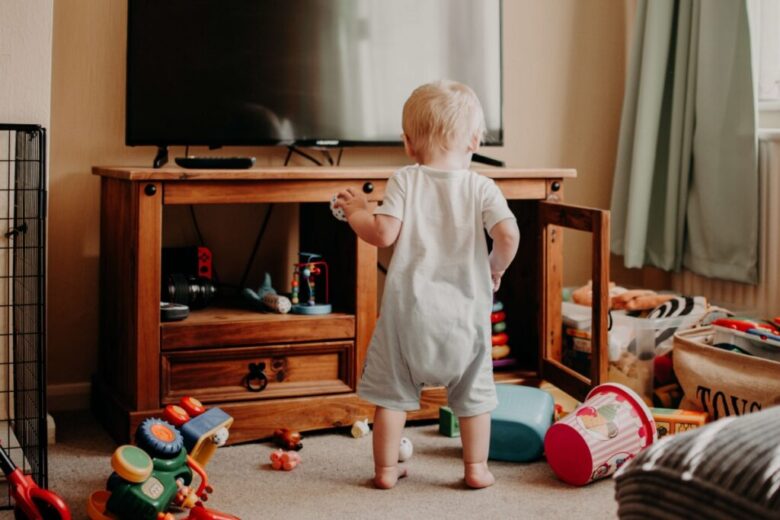Welcoming a newborn into your home is a joyful occasion that comes with a unique set of responsibilities, especially when it comes to its safety. As your child begins to explore, every corner of your home poses potential risks, especially furniture. This article provides comprehensive guidance on how to create a safe environment for your baby, focusing on basic furniture safety tips.
Keep your baby safe
Your baby’s safety is paramount, and that starts with understanding the risks associated with household furniture. From sharp corners to heavy objects that could tip over, it’s crucial to assess every piece of furniture in your home for potential hazards. Implementing important safety measures, such as securing heavy furniture to the wall and using corner protectors, can significantly reduce the risk of an accident.
The right way to choose baby furniture
When choosing furniture for the baby’s room, safety should be your top priority. Choose products that meet the latest safety standards, have sturdy construction and use non-toxic materials. Also ensure that your furniture is designed with smooth edges and strong fixings to minimize the risk of injury.
Safe anchoring technology
Securing furniture is a crucial step in keeping children safe in your home. Heavy furniture such as dressers and bookshelves can pose serious risks if they fall over. Follow the step-by-step guide to securely mount your furniture to the wall using hardware appropriate for your wall type. This simple measure can prevent accidents and provide peace of mind.
Dangerous furniture to avoid
Certain types of furniture are best avoided in homes with young children. Glass tables, free-standing bookshelves and tall lamps can easily become a hazard. Choosing child-friendly alternatives can significantly improve your baby’s safety.
Safe Sleep Habits for Babies
Creating a safe sleep environment is essential for your baby’s health. Choose a crib that meets current safety standards and has a firm mattress and comfortable sheets. To reduce the risk of sudden infant death syndrome (SIDS), do not place pillows, stuffed animals, or thick blankets in the crib.
Create safe play areas
A designated play area can provide your baby with a safe space to explore and play. Equip the area with safe, age-appropriate furniture and toys, and make sure there are no sharp edges or small removable parts that could pose a choking hazard.
Child-safe living space
Your living and dining areas should also be childproof to ensure your baby’s safety. Use gates to restrict access to certain areas, secure loose carpets to prevent slipping and ensure all furniture is stable and secure.
Kitchen: safe zone
Kitchens require special attention when it comes to child safety. Use safety locks on cabinets and drawers, keep harmful materials out of reach, and never leave your baby unattended in the kitchen.
Bathroom safety measures
Bathrooms also present a range of hazards, from slippery floors to easily accessible medications. Use non-slip mats, secure toilet locks and ensure all medicines and cleaning products are stored safely and out of reach.
Keeping your baby safe is an ongoing process that requires vigilance and adaptability as your child grows. By following these top furniture tips, you can create a home environment that is safe and conducive to your baby’s growth and well-being.
